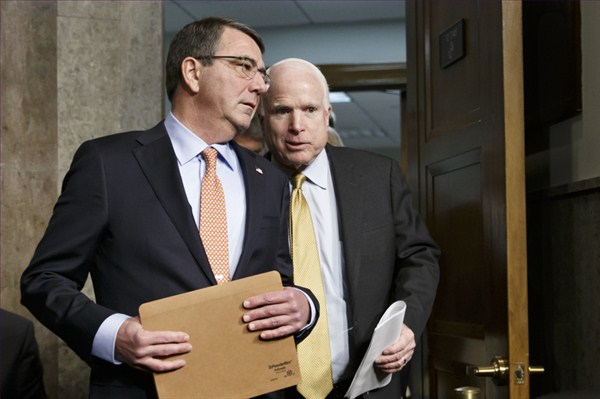The Budget Control Act of 2011 (BCA), passed by the U.S. Congress and signed by President Barack Obama to resolve that year’s debt-ceiling crisis, instituted spending caps on the federal discretionary budget, including on defense, a traditional Republican priority. As an incentive for compromise, the legislation also established a lower set of caps that would come into force should Congress fail to reach an agreement on further spending reductions. Failure to respect these limits in any year’s budget appropriations would trigger automatic across-the-board cuts, known as sequestration, against which the initial BCA caps would pale in comparison. Defense sequestration, in particular, was meant to function as a sword of Damocles over the Joint Select Committee on Deficit Reduction, the so-called “supercommittee,” forcing it to make difficult and painful choices to avoid the catastrophic impact of the automatic cuts.
Nevertheless, Congress failed to act, and defense sequestration came into effect for the 2013 fiscal year. The Ryan-Murray Bipartisan Budget Agreement subsequently set spending levels for 2014-2015 at levels slightly above the sequester caps and, more importantly, locked in spending for two years, removing uncertainty and the threat of sequestration. With the expiration of that agreement at the end of the current fiscal year, however, the original sequester caps again loom on the horizon.
Because of its unpopularity in the Pentagon and among Republican defense hawks in Congress, some in Washington seemed to believe that defense sequestration would be repealed after Republicans finally won full control of Congress last November, simply because the famously hawkish Sen. John McCain was set to become chairman of the Senate Armed Services Committee.

